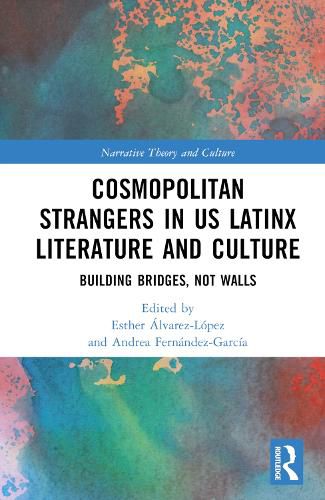Readings Newsletter
Become a Readings Member to make your shopping experience even easier.
Sign in or sign up for free!
You’re not far away from qualifying for FREE standard shipping within Australia
You’ve qualified for FREE standard shipping within Australia
The cart is loading…






This book presents a study of the figure of the stranger in US Latinx literary and cultural forms, ranging from contemporary novels through essays to film and transborder art activism. The focus on this abject figure is two-fold: first, to explore its potential to expose the processes of othering to which Latinxs are subjected; and second, to foreground its epistemic response to neocolonial structures and beliefs. Thus, this book draws on relevant sociological literature on the stranger to expose the political and social processes behind the recognition of Latinxs as ‘out of place.’ On the other hand, and most importantly, this volume follows the path of neo-cosmopolitan approaches to bring to the fore processes of interrelatedness, interaction, and conviviality that run counter to criminalizing discourses around Latinxs. Through an engagement with these theoretical tenets, the goal of this book is to showcase the role of the Latinx stranger as a cosmopolitan mediator that transforms walls into bridges.
$9.00 standard shipping within Australia
FREE standard shipping within Australia for orders over $100.00
Express & International shipping calculated at checkout
This book presents a study of the figure of the stranger in US Latinx literary and cultural forms, ranging from contemporary novels through essays to film and transborder art activism. The focus on this abject figure is two-fold: first, to explore its potential to expose the processes of othering to which Latinxs are subjected; and second, to foreground its epistemic response to neocolonial structures and beliefs. Thus, this book draws on relevant sociological literature on the stranger to expose the political and social processes behind the recognition of Latinxs as ‘out of place.’ On the other hand, and most importantly, this volume follows the path of neo-cosmopolitan approaches to bring to the fore processes of interrelatedness, interaction, and conviviality that run counter to criminalizing discourses around Latinxs. Through an engagement with these theoretical tenets, the goal of this book is to showcase the role of the Latinx stranger as a cosmopolitan mediator that transforms walls into bridges.